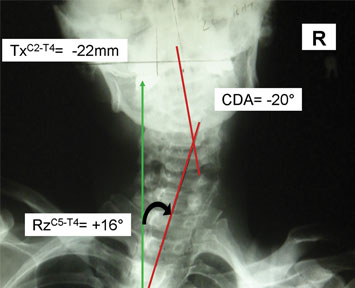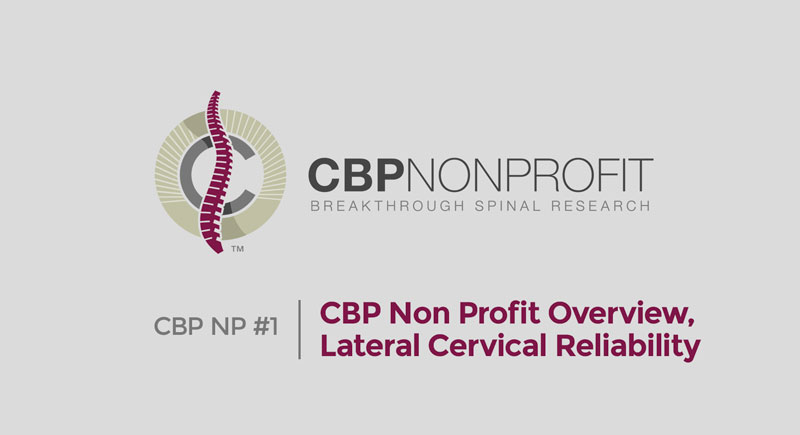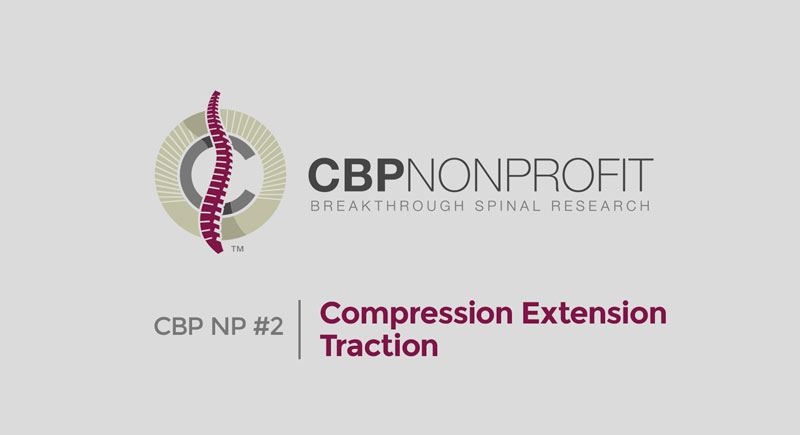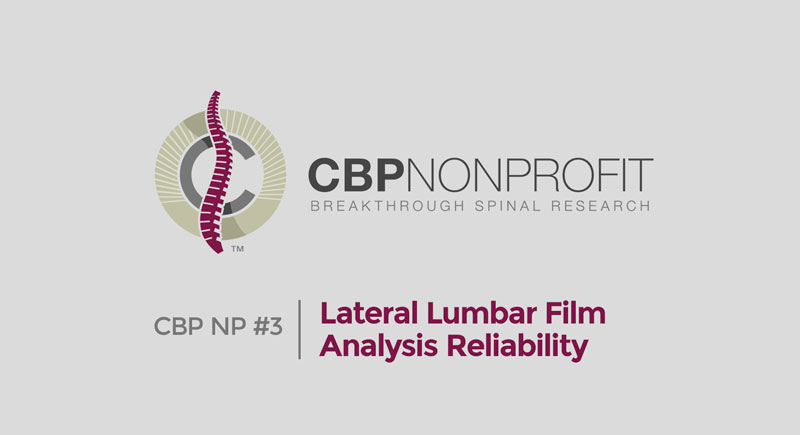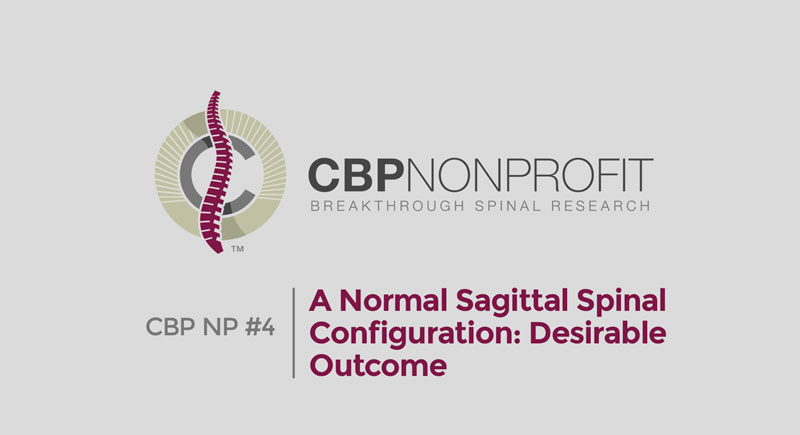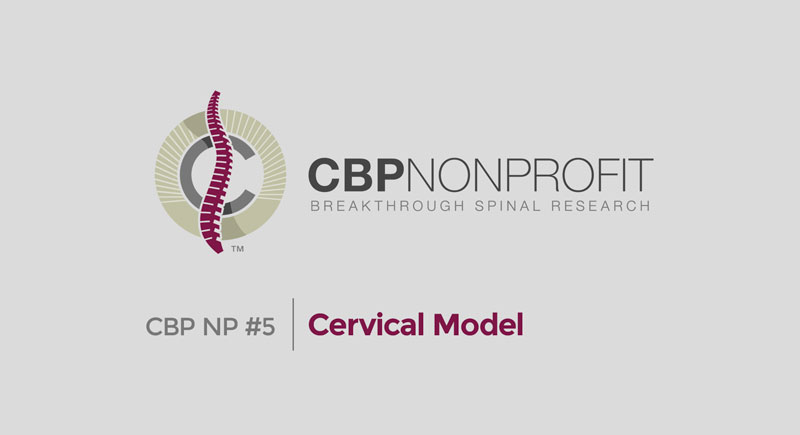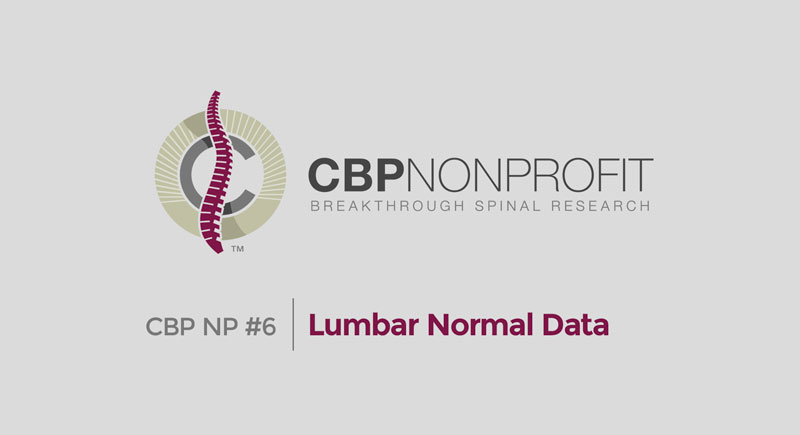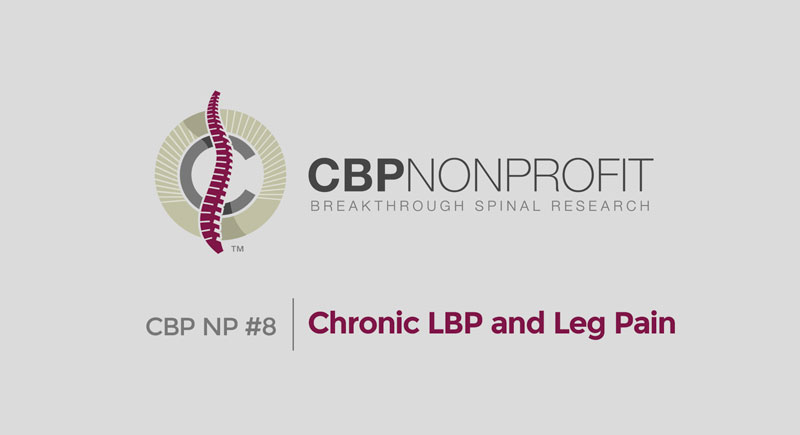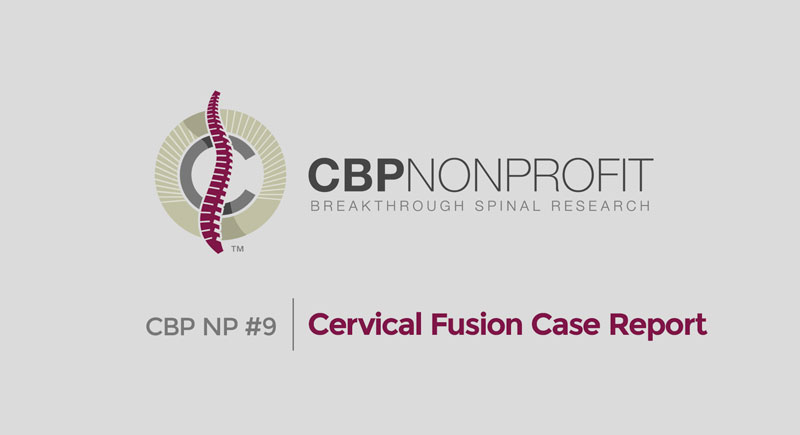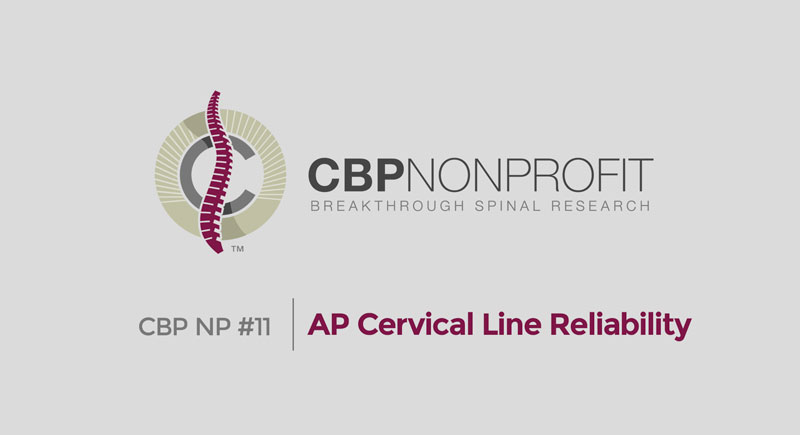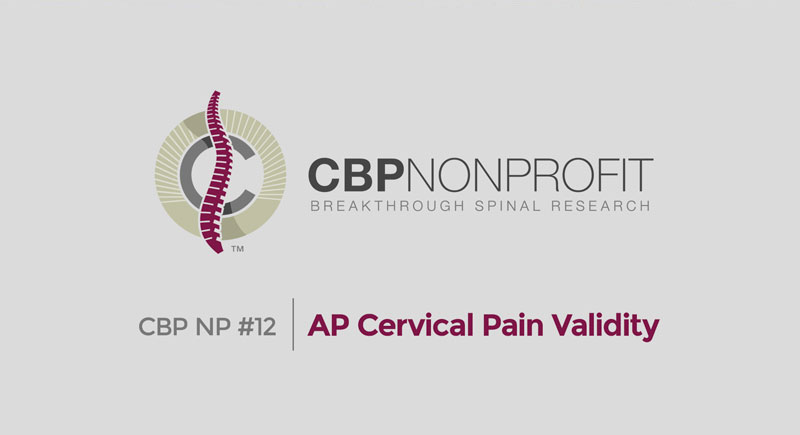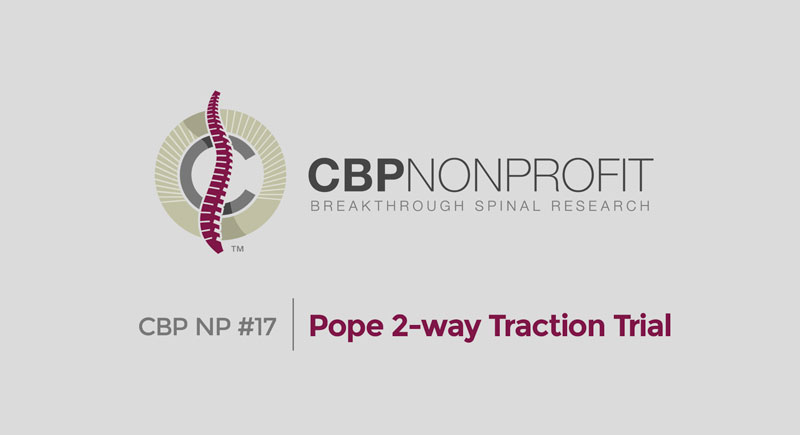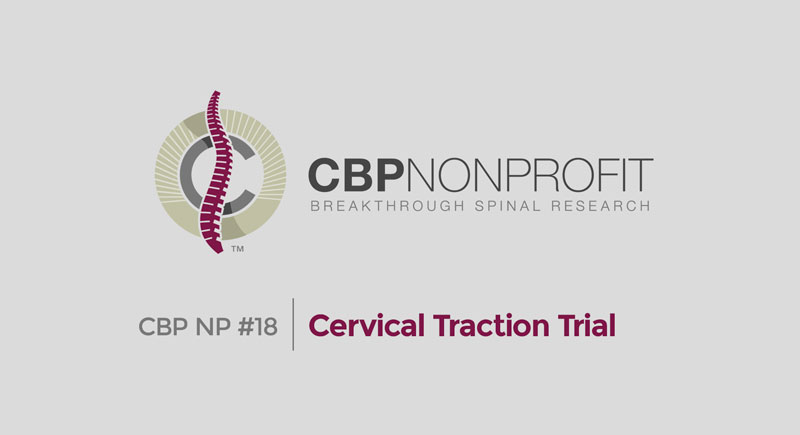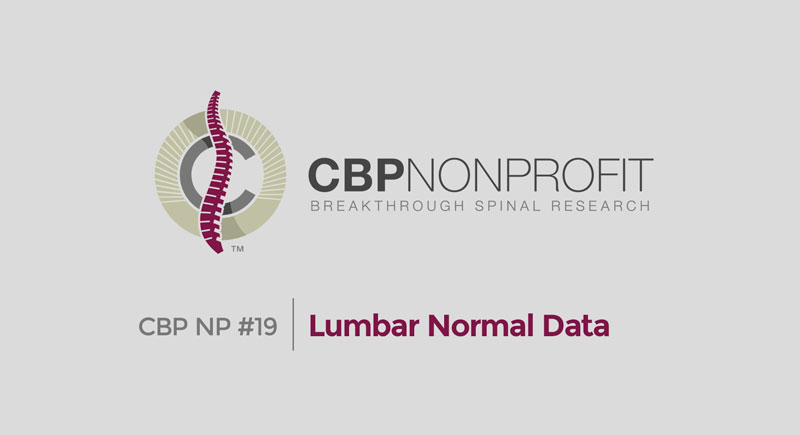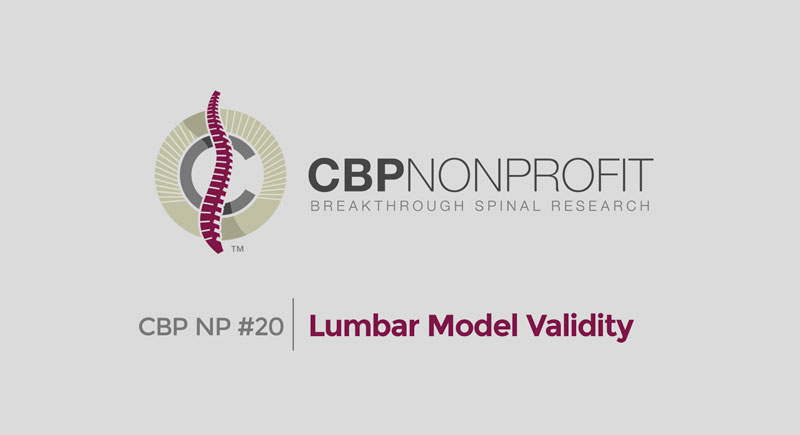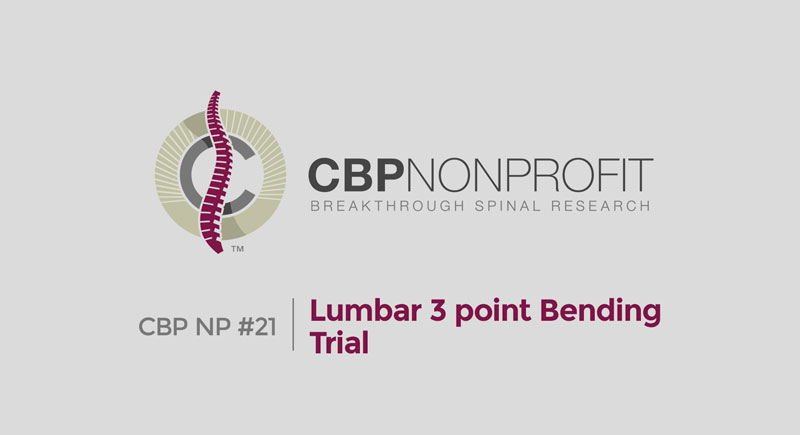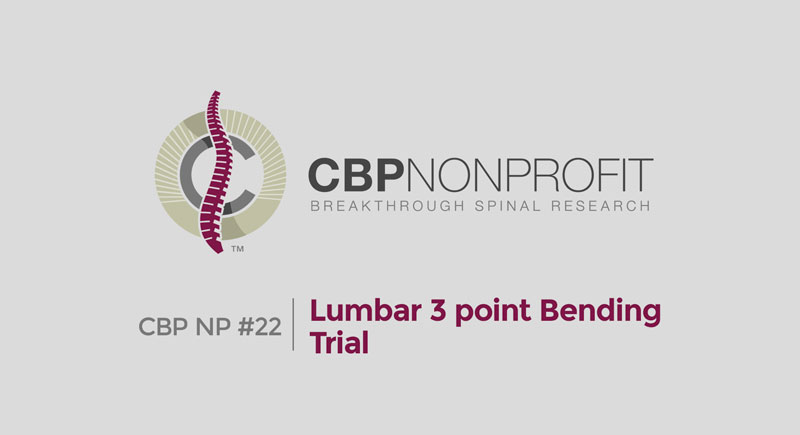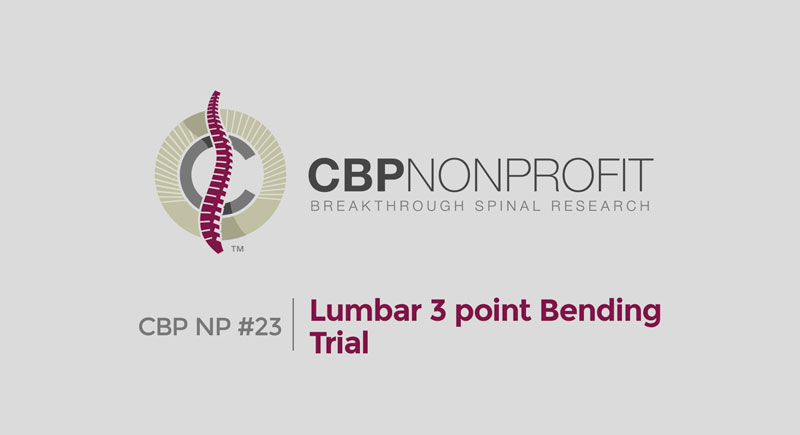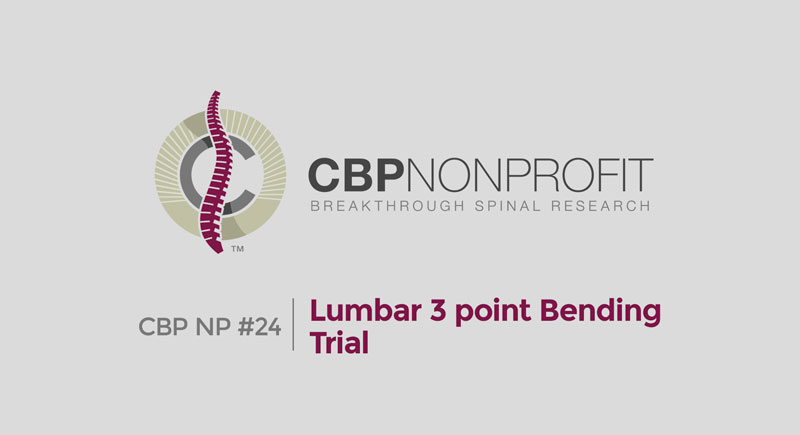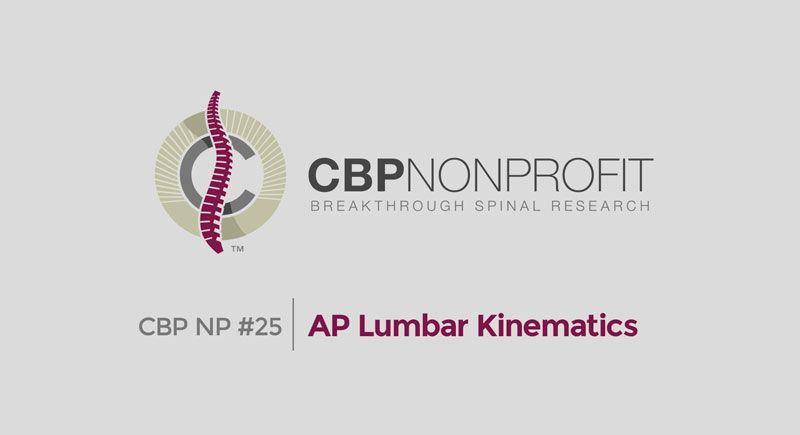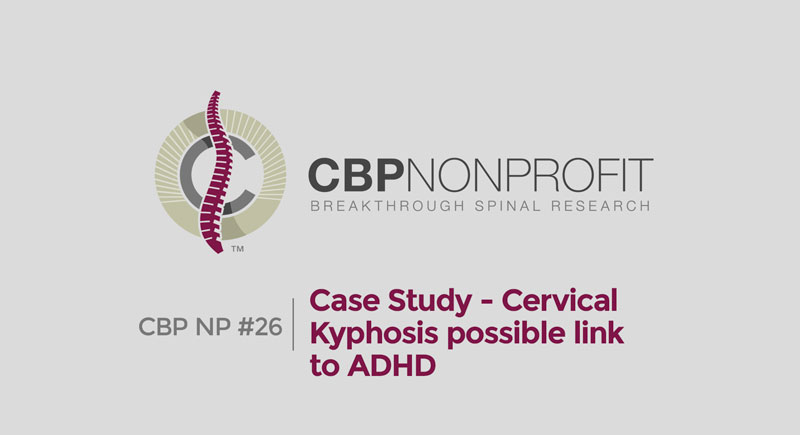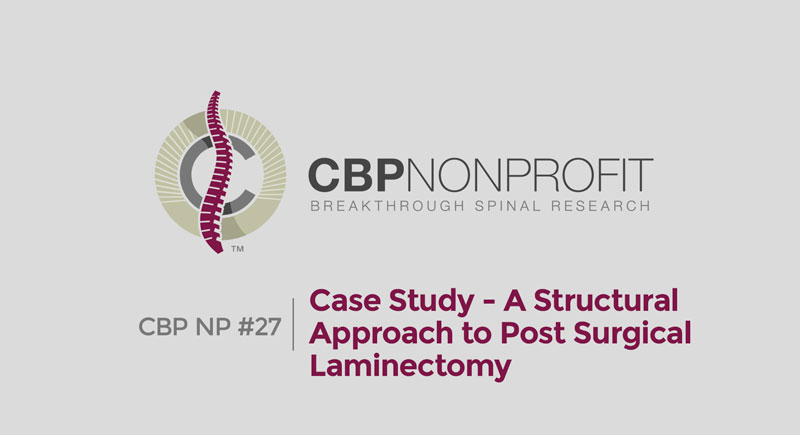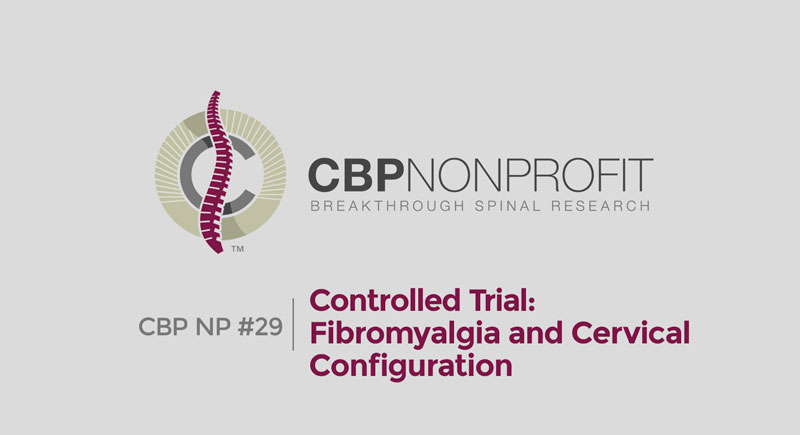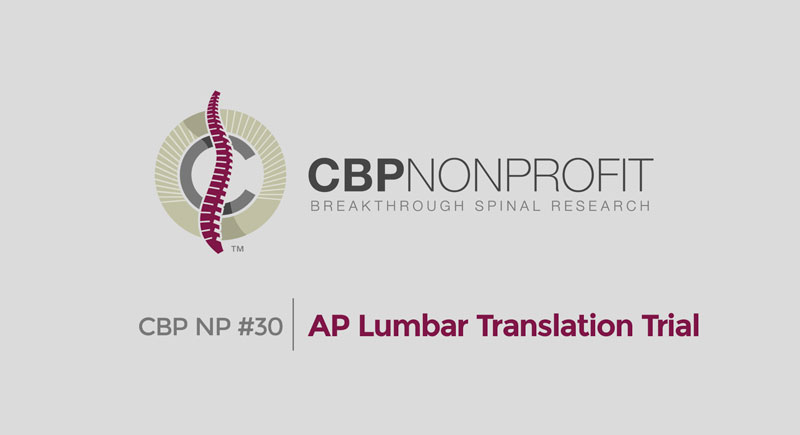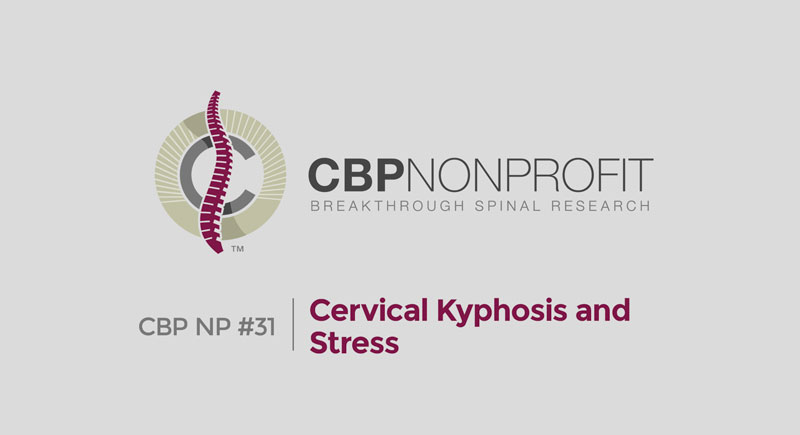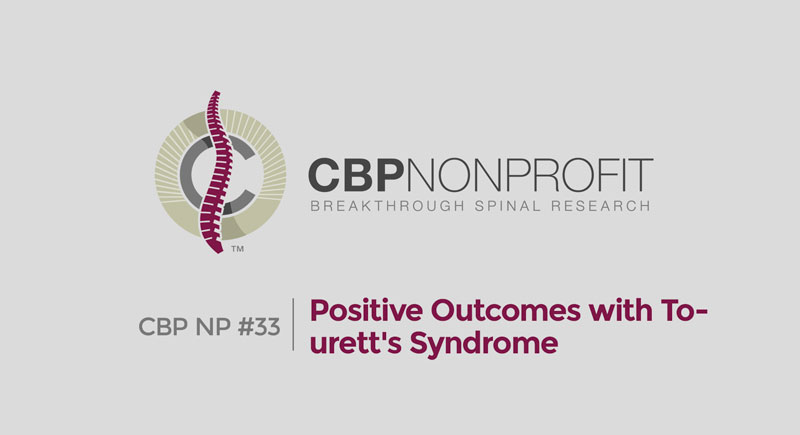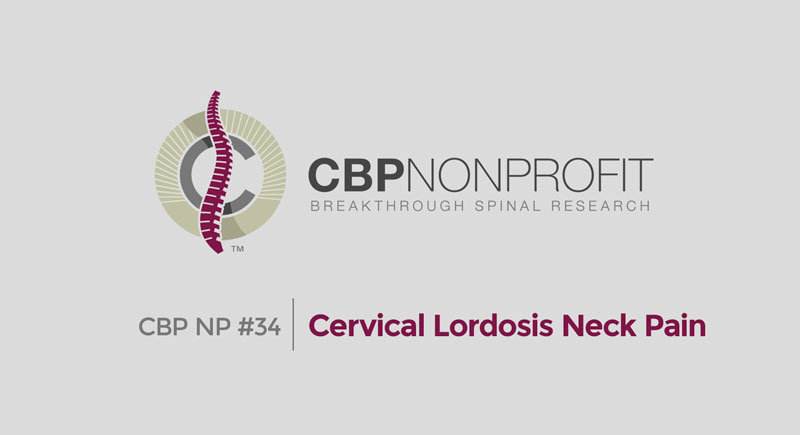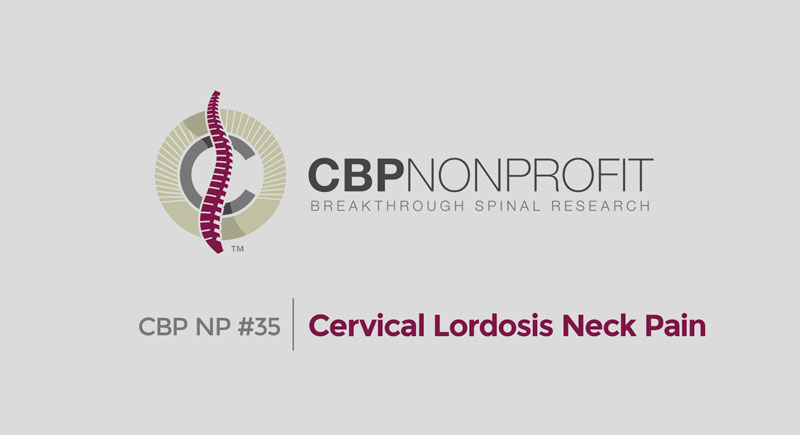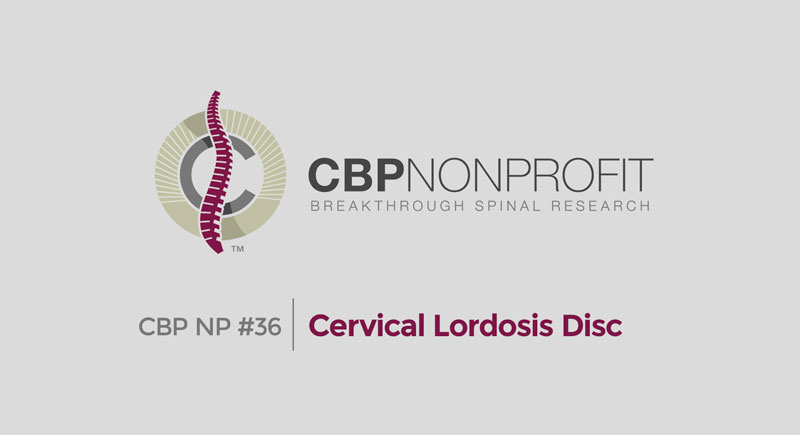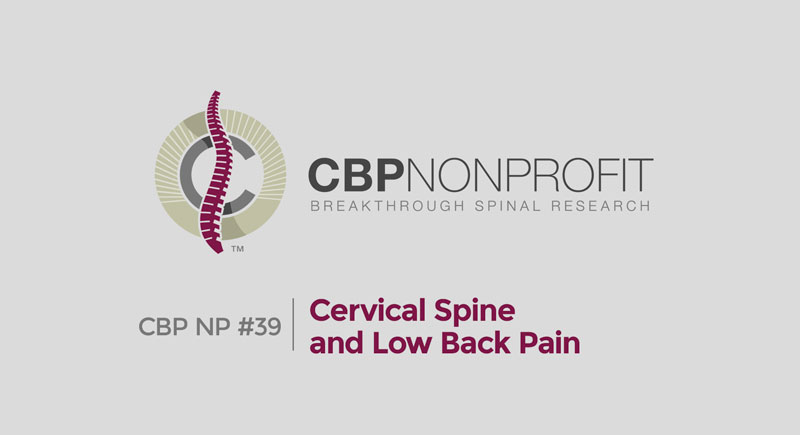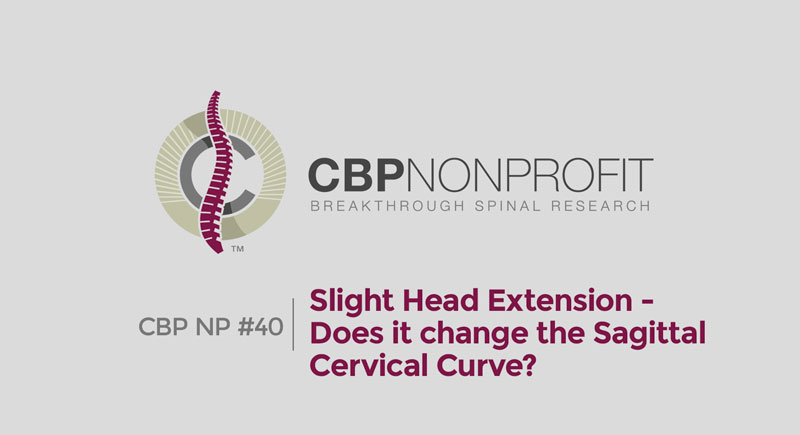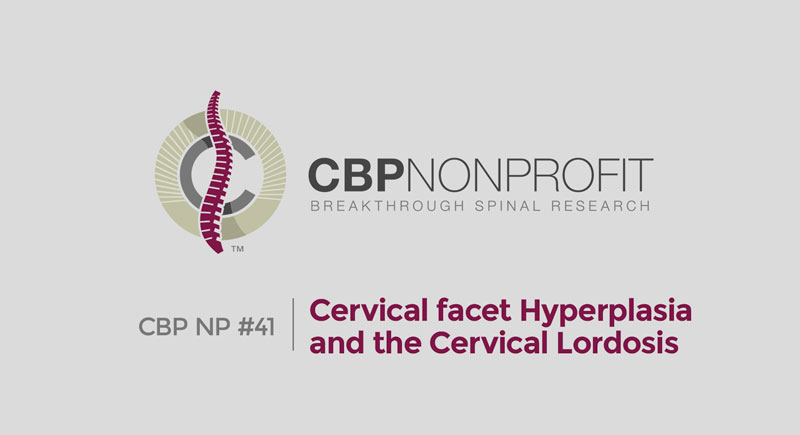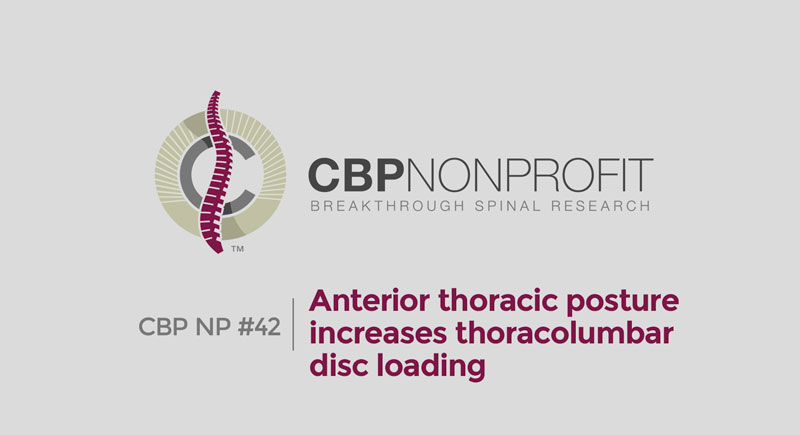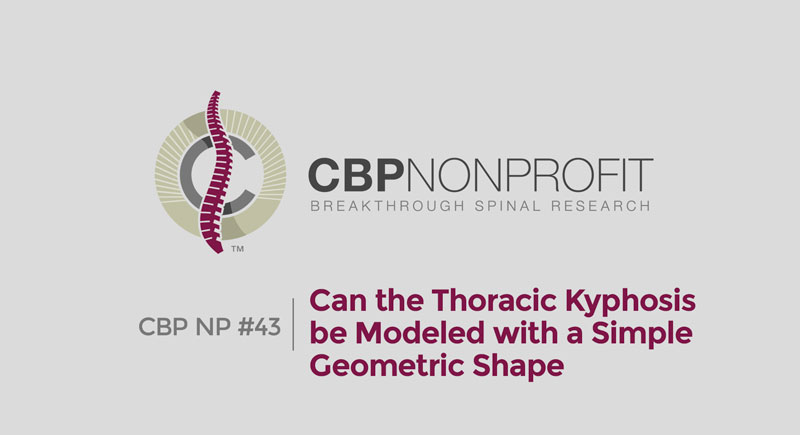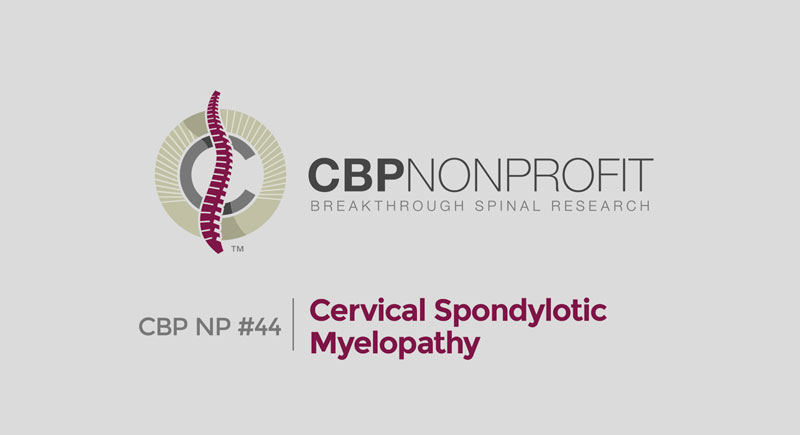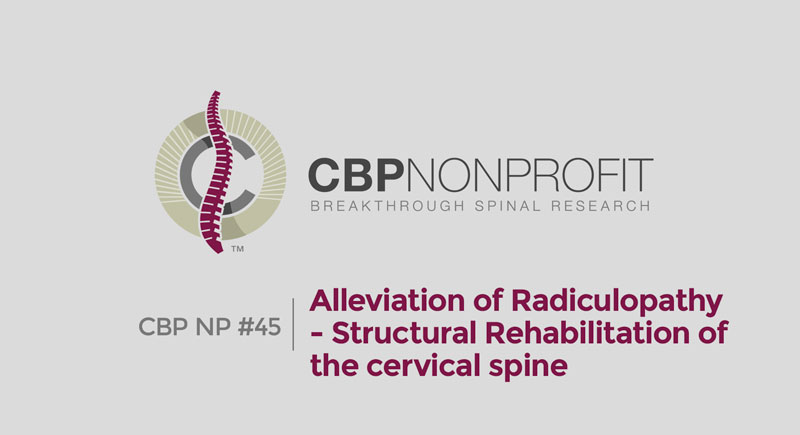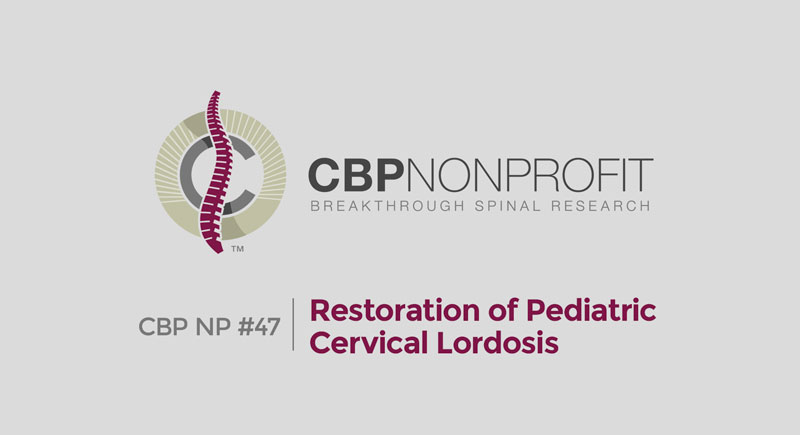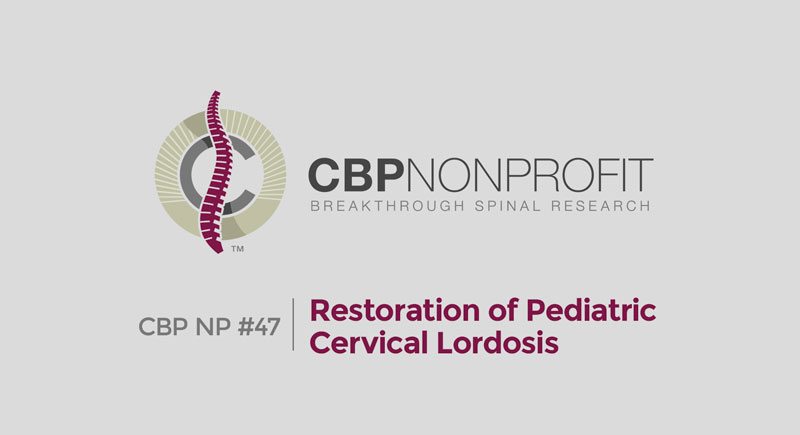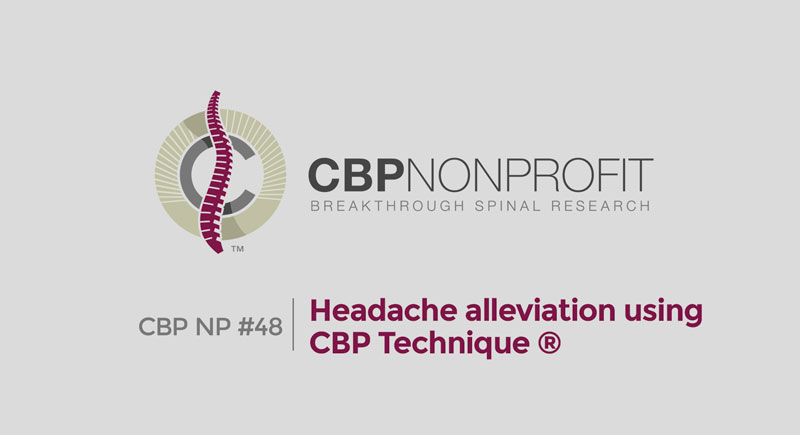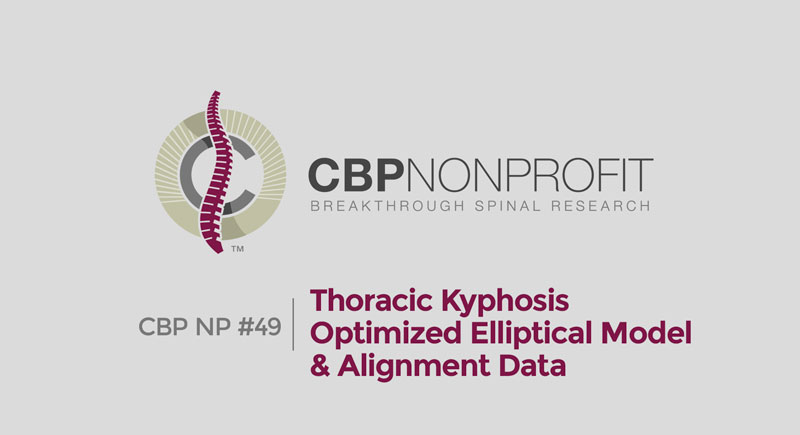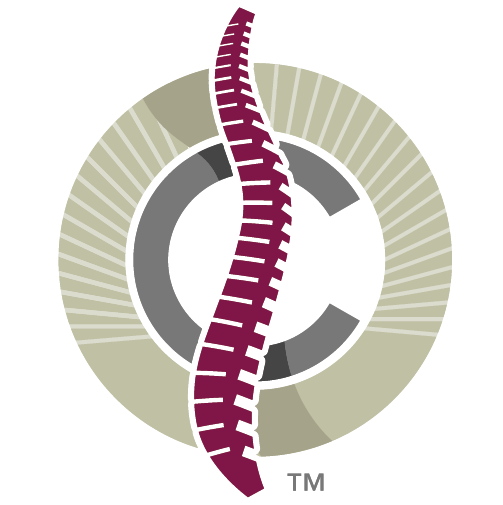News
Groundbreaking Research Affirms Routine Spine X-Rays Are Essential for Patient Outcomes

FOR IMMEDIATE RELEASE
Groundbreaking Research Affirms Routine Spine X-Rays Are Essential for Patient Outcomes
We’re excited to announce the publication of the 7th CBP Non-Profit research paper of the year, now featured in Dose-Response (Q2 2025).
This narrative review — authored by Drs. Paul Oakley, Jason Haas, and Deed Harrison — was part of Dr. Harrison’s keynote lecture at the 47th CBP Annual Conference.
For years, certain chiropractic and medical guidelines have discouraged or condemned routine and repeat spine radiographs, claiming they are unreliable, lack clinical utility, or pose radiation risks. This new review dismantles that outdated narrative.
🔑 Key Findings from the Study
- Spinal alignment matters: Numerous radiographic “cut-point values” (such as forward head posture >25mm, cervical lordosis <20°, scoliosis >20°) reliably distinguish between healthy individuals and those suffering from back pain, neck pain, headaches, disability, or poor quality of life.
- Outcomes improve when cut-points are corrected: Patients with spinal displacements beyond these thresholds are the very ones who fail post-treatment unless alignment is addressed.
- No meaningful radiation risk: The presumed cancer risk from spinal X-rays is based on the discredited Linear No-Threshold (LNT) model. Modern evidence shows low-dose X-rays pose no risk and may even have beneficial adaptive effects.
- Negligence to omit imaging: Failing to radiographically diagnose spinal deformities leaves patients biomechanically undiagnosed, leading to missed or delayed diagnoses and potentially harmful “black-box” treatments.
- Multiple benefits of routine imaging:
- Precise biomechanical diagnosis
- Avoiding missed/delayed diagnoses
- Timely specialist referrals
- Cost savings (avoiding unnecessary MRIs/CTs)
- Higher patient satisfaction
📌 Why This Matters
This paper argues forcefully that routine radiographic imaging should be the standard of care in spine rehabilitation. The evidence is clear: ignoring X-rays isn’t just unscientific—it may constitute clinical negligence in many cases.
Read the full article here:
👉 The Rationale and Safety of Routine Imaging in Rehabilitative Spine Care
About CBP Non-Profit
CBP NonProfit is a 501(c)(3) research foundation dedicated to the advancement of spine rehabilitation through high-quality, peer-reviewed chiropractic and physiotherapy research. With over 350 published studies to date, CBP NonProfit is a global leader in evidence-based spinal care innovation.
CBP NonProfit
Video Library
CBP NonProfit
300+ Peer-Reviewed Publications
Chiropractic Biophysics Non-profit, Inc. is a 501(c)(3) nonprofit corporation dedicated to the advancement of chiropractic principles through scientific research. Dr. Don Harrison (deceased) and his second wife Dr. Deanne LJ Harrison (deceased) founded CBP research foundation in 1982; it was registered as CBP Non-Profit, Inc. in 1989 by Dr. Sang Harrison (Don’s 3rd and final life’s love). Through this organization Dr. Don and colleagues have published over 300 peer-reviewed spine and Chiropractic research publications. Further, CBP Non-Profit, Inc. has funded many scholarships as well as donated chiropractic equipment to many chiropractic colleges; always trying to support chiropractic advancement and education. Dr. Don Harrison was the acting president of CBP Non-Profit, Inc. since 1982. Currently, Dr. Deed Harrison (Don’s son) is the President of CBP Non-Profit, Inc. Read More
